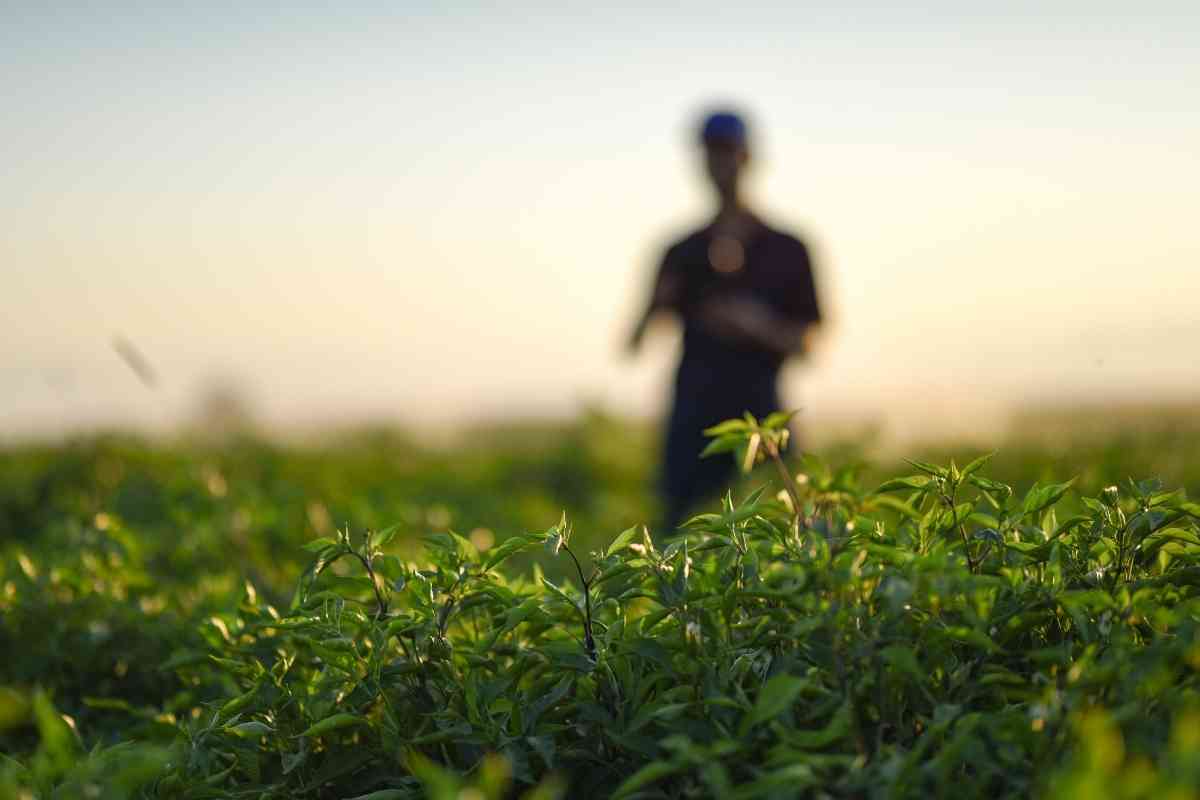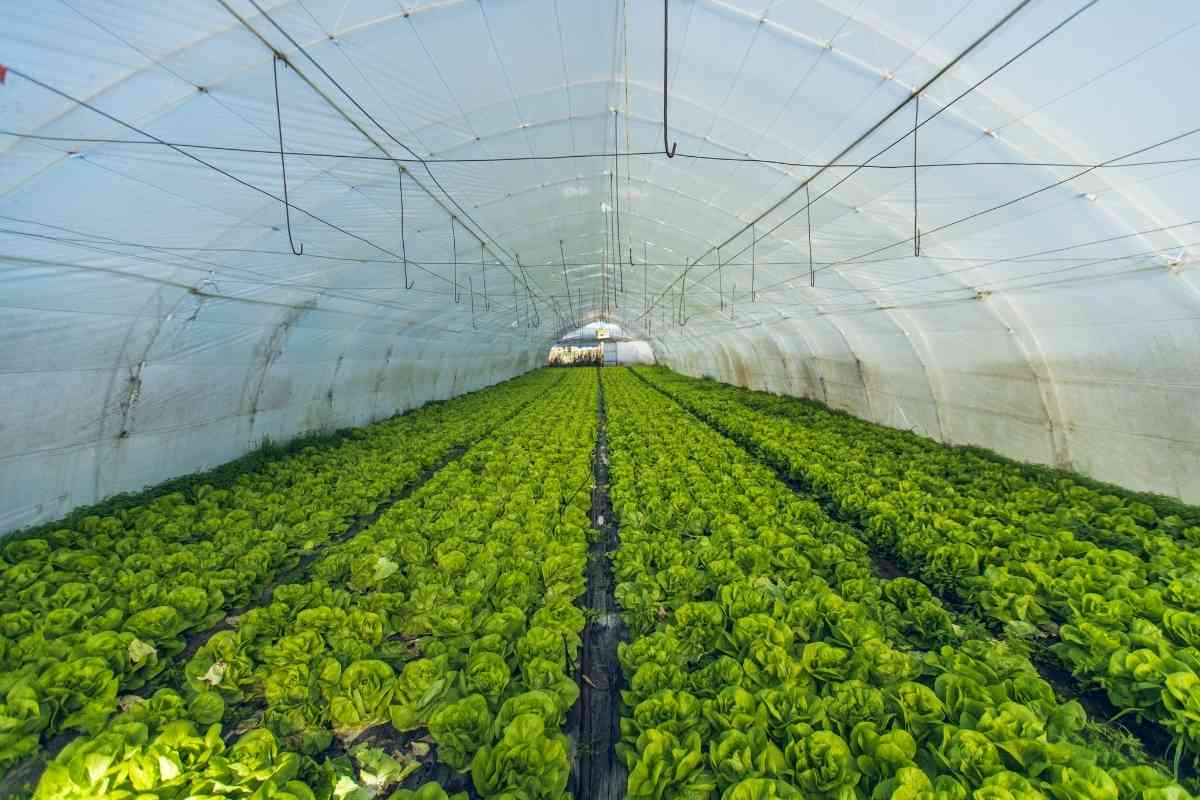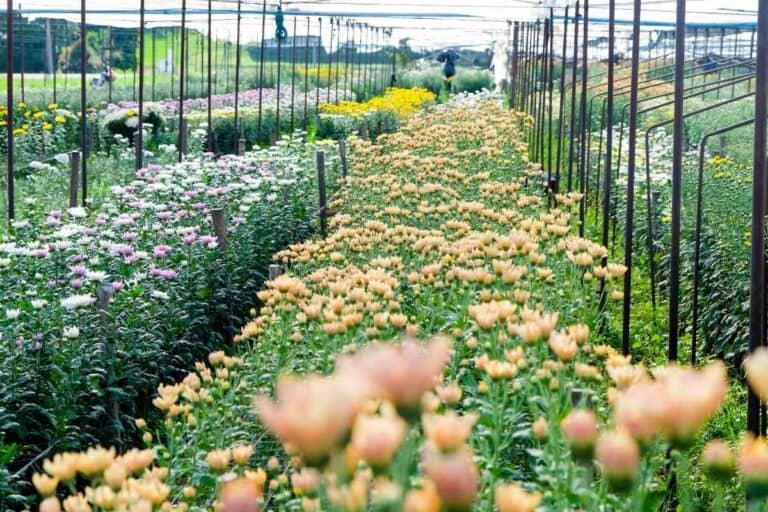How Much Money Can You Make Organic Farming?
Many people thinking about organic farming wonder how much money you can make organic farming. Let’s find out. Just like any other business, organic farming can bring home big returns, but only if it is done the right way.

How much money do organic farms make?
Depending on what you are growing on your organic farm, you can expect to make anywhere between $30,000 to $100,000 per year. That said, this also depends on the size of your organic farm and many other factors.
While organic methods are considered more expensive than traditional farming methods, you can still make money with organic farming. We have gone through various videos and articles on organic farming and have all the information you need right here on how much you can make while doing organic farming.
As health-conscious individuals always looking for new ways to live healthier lives, we are in the best position to guide you on starting organic farming and how much you can expect to make as an organic farmer.
Can You Make Money as an Organic Farmer?
The organic agricultural movement is simple to join. Customers will pay top money for food free of pesticides and genetically modified ingredients. A small-scale organic farm may be started with relative ease if you have a plan, but there are some significant obstacles to overcome.
When farmers charge a premium that certifies the products, organic farming may be up to 35% more profitable than conventional agriculture. The experts concluded that organic farming is more lucrative than conventional agriculture after doing a cost-benefit analysis of these parameters.
Is Organic Agriculture More Profitable?

Studies have shown that organic farming is economical and useful. Organic agricultural practices are better for the environment. Additionally, it benefits farmers in general. However, the fact that organic farms barely make up about 1% of all farmlands worldwide is an issue.
The primary issue is the reduced yields that organic farmers can only guarantee. Larger cultivable fields are necessary for farmers who want to increase their income. However, it’s not always the case.
Using synthetic fertilizers, herbicides, and insecticides has helped traditional agriculture produce more and more quickly.
According to studies, organic farming is more expensive, but future research should look beyond this expanding industry’s finances. Numerous studies and research have demonstrated the beneficial effects of organic farms on soil quality, environmental biodiversity, and other food production areas.
More research regarding sustainable farming methods is required to increase the output of organic farms. Farmers will be more receptive to switching to organic as this research advances.
Despite the difficulties it encountered, the sector increased by 170 percent between 2002 and 2011. It currently has a worldwide yearly turnover of around $100 billion.
That said, while organic farming practices are more expensive, farmers make more money using them. Farmers may expect to make around 40% more money with organic practices than with conventional farming. This is provided that they charge more for product certification.
Organic farming is far more lucrative than conventional farming, even when transition costs and the natural aggregates that organic land and products require are taken into account. Organic agricultural practices can boost rural economies and provide jobs, even if they necessitate more intensive and hands-on parasite management.
In general, organic farming is more lucrative than traditional farming. Because organic farms in developing nations produce more food and sell it for more money than non-organic farmers do, their profit margins are bigger.
Size is important for organic farms, although not so much the size of the farm itself as the size of the surrounding fields. Research has discovered that while having 18% fewer crop yields than conventional agriculture sites, organic agriculture sites had 34% greater biodiversity and 50% higher profitability.
All the equipment required to start the farm company will cost around $11,000. You have overcome the main obstacle if you have successfully navigated the ten keys to success.
While the remaining farms in the USDA study include mixed organic and conventional crops and animals, more than half (56%) of the farms cultivate entirely organic goods.
More than 1,460 farms claim that fewer than 25% of their sales come from organic products. According to a poll, about 3,012 organic farms and ranches were in the State of California in 2019. There were the most organic farms in the country at this time.
Is it Hard to Become an Organic Farmer?
If you pick organic vegetable farming, the soil will be richly formed so that you may grow any crop at any time, but not efficiently; it could ruin your output due to inefficient climatic circumstances. Therefore, it is wise to select and grow seasonal veggies. Careful surveillance is necessary if the chosen location is affected by the climate or by pests.
Ask the local government agricultural office for sound information on which kinds of vegetables would grow the best in the selected location.
Any vegetable may be grown using the successful agricultural technique known as organic farming. However, some vegetables have generated enormous profits and gained popularity as organic vegetables.
The most troublesome elements in organic farming are weeds since they promote unneeded growth by removing all the nutrients from the organic soil, causing illnesses and providing a haven for insects and other pests.
The effectiveness of organic vegetable farming depends on the speed at which the weeding processes are completed.
Weeds can be eradicated in a variety of methods, including biological ones and mechanical, thermal, and cultural systems. However, using these approaches requires more labor and is more expensive.
The approach used to manage weeds culturally is used most frequently in organic vegetable farming. These cover crops enrich the soil, which inhibits the growth of weeds. The ideal approach may also use intercropping.
Biological weed management methods like nitrogen fertilizers and irrigation aid in reducing weed growth.
Can Organic Farming be Successful?
Organic farmers receive far greater premiums than conventional farmers — as much as 100% to 200% for some crops — which takes a few years transition period during which they must pay higher input expenses but do not receive premium pay.
In addition to other goods not utilized in normal agriculture, farmers also employed more expensive manures, fertilizers, organic seed, and feed for meat and dairy producers during this period.
Organic farmers confront several other difficulties that increase production costs and difficulty in addition to transition expenses.
Crop production might be extremely challenging in some organic areas. For example, you don’t have the same fungicides for berries. Crop rotation requirements increase expenses as well. Soybeans can’t be planted this year.
Crop production might be extremely challenging in some organic areas. For example, you don’t have the same fungicides for berries. Crop rotation requirements increase expenses as well. Soybeans cannot be planted every year. You must turn that ground, or else leave it barren.
The organic sector has tried a variety of assistance schemes, such as giving them a tiny premium for transitional products, to help alleviate transitioning farmers’ costs, but most were short-lived. However, private corporate initiatives are providing some support for farmers.
Even the government has provided some assistance. For instance, the Center for Rural Affairs assists farmers in switching to organic farming through governmental funding.
This also means that organic farmers cannot plant all of their acreages with the most lucrative crops, such as organic soybeans, due to the requirement for organic crop rotation.
Farmers must acquire new agricultural techniques over a three-year transition phase, during which they must utilize more expensive organic farming supplies. These stages often increase the overall cost of the items.






